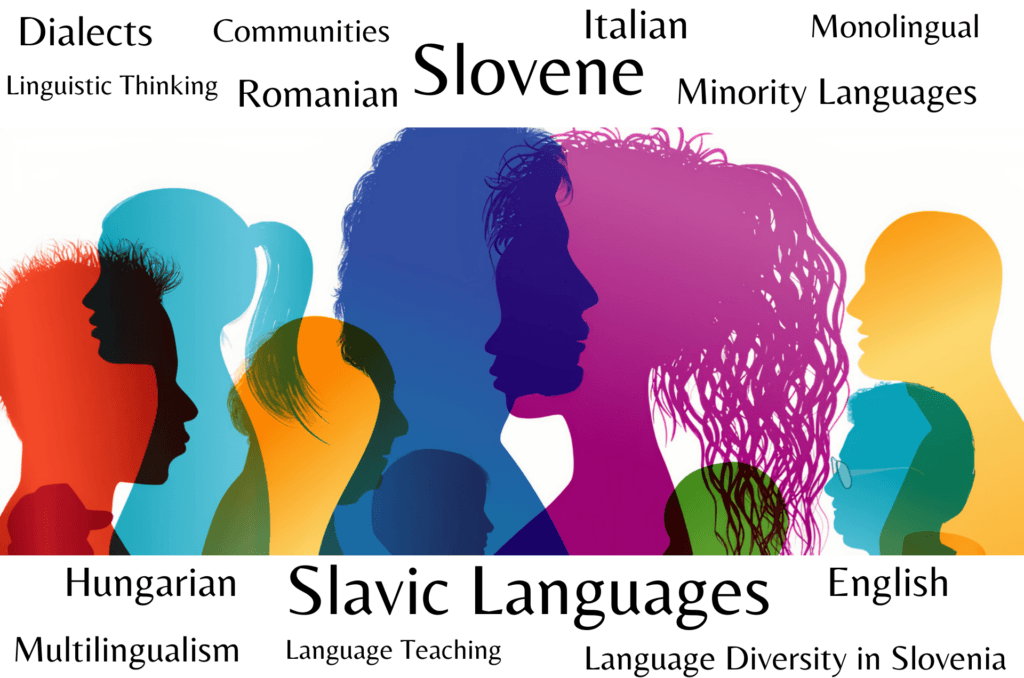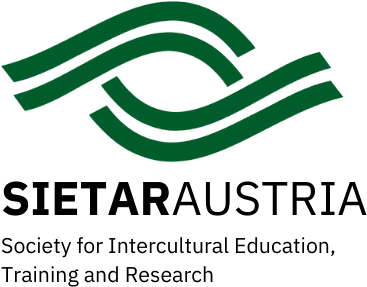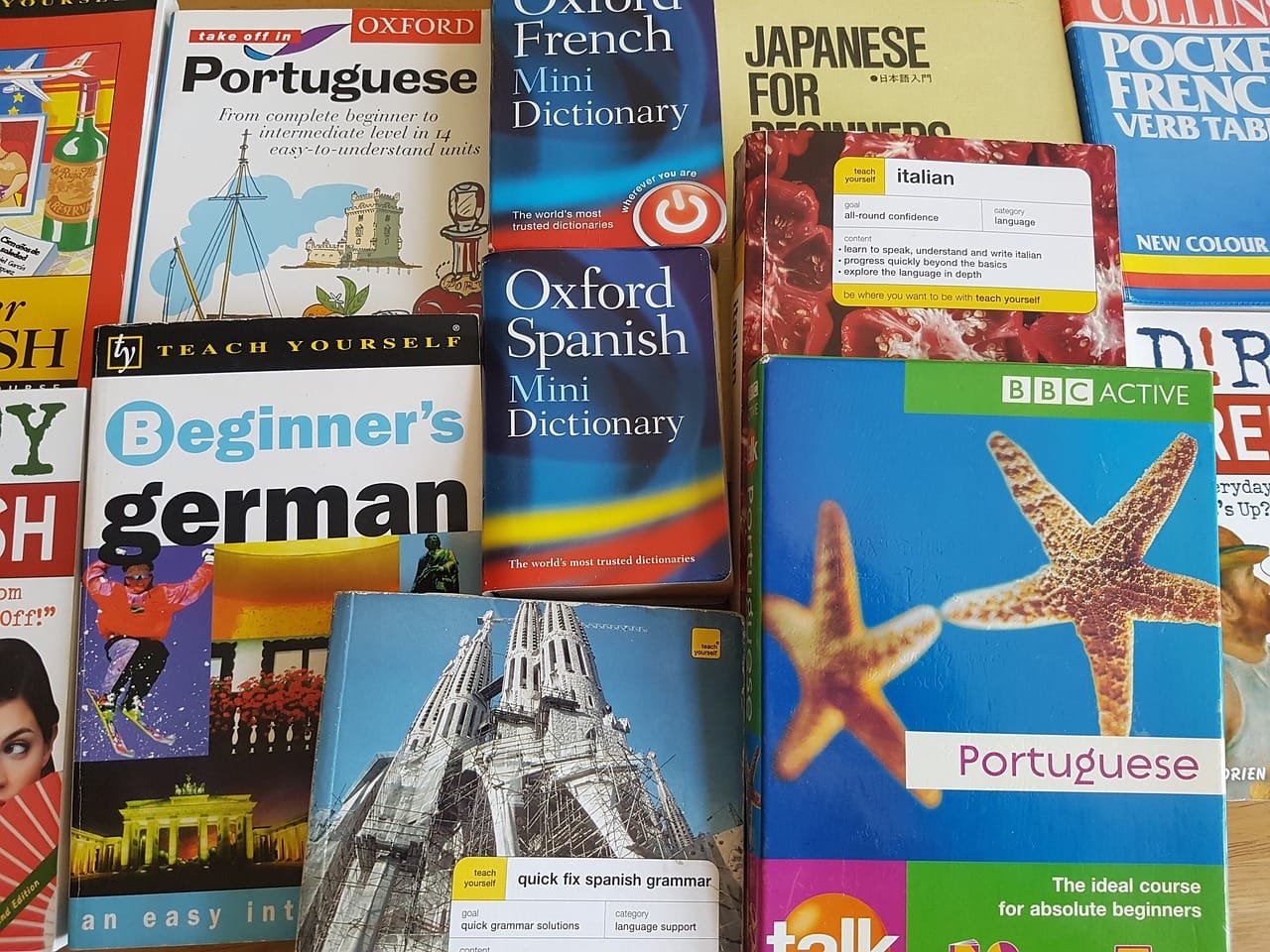
Marko Stabej, former head of The Centre for Slovene as a Second and Foreign Language at the University of Ljubljana, shared his insights about growing up among different languages and aims at embracing language diversity in Slovenia. The number of foreign speakers of Slovene is rising worldwide. Within the country of Slovenia, among Slovene, Italian, and Hungarian, many minority languages such as Romani are also present. Furthermore, communities of former Yugoslav republics from Croatia, Serbia, Bosnia, Albania, and others reside in Slovenia. Due to the diverse backgrounds of foreigners in Serbia, Professor Stabej, thinks that the language diversity within the country can be increased.
Personal Background
His linguistic journey commenced in his early childhood. His mother taught Slovene at grammar school and gymnasium, while his father pursued a career as a translator among many other professions. He registered for Slovene Studies at the University of Ljubljana. His Professor Breda Pogorelec, who is a well-known person of Slovene linguistic science, influenced him to dive deeper into linguistic thinking and reasoning. Besides Slovene, he speaks German, English, French, Italian, and to some extent, he is proficient in other Slavic languages. He further studied Latin in grammar school.
Language Diversity in Slovenia
Slovene is the official language. Within the respective communities, Italian and Hungarian are recognized as regional official languages. In addition, in certain places, Romani has been recognized in the Constitution with its own rights. However, according to Prof. Stabej, Slovenia has a more diverse linguistic background. There is a high amount of Croatian, Serbian, Bosnia, Albanian speaking communities besides other unofficial national communities in the country. Moreover, due to the increased number of immigrants, the number of foreign speakers of Slovene is rising. Furthermore, as the number of Slovenian communities abroad continues to increase, the state manages over 50 lectures on the Slovene language at universities worldwide to enhance and embrace the language.
Attitude Towards Multilingualism Within Slovenia

Prof. Stabej recognizes multilingualism as an asset. As far as the public is concerned, a great part, specifically the conservative political and scientific members, express scepticism towards the increase of languages in Slovenia. The particular reason for this circumstance is that the presence of different languages in the country may lead to issues with the official Slovene language. Hence, politics are reserved in giving other minority languages more linguistic rights. Additionally, higher education systems such as humanities and social sciences are only accepting English among other languages. Nevertheless, Prof. Stabej believes that it is crucial and feasible to embrace language diversity and increase linguistic rights without interfering with the official Slovene public language.
Dylan Research Project
Prof. Stabej took part in the Dylan project which aimed at analysing the conditions under which Europe’s linguistic diversity can be recognized as an asset for the greater development of knowledge and economy. He discussed the dimensions of multilingual practices within institutions. Although Slovenia is a considerably smaller nation, the research results showed that the Slovene language is well represented at the level of institutions. They further investigated how to improve the inclusion and equality of languages to enhance knowledge and the economy.
“Zamejci” – Behind the Border
During the interview with Prof. Stabej, the interesting term “Zamejci” was discussed. This term which translates to “A man who lives on the other side of the border” is used to refer to Slovenians who live in Italy, Austria, Hungary, and Croatia. However, some Slovenians who live abroad do not acknowledge this definition as it might give the feeling that they are separated from their origin, which is Slovenia. Therefore, they might associate a negative nuance with the term and fear that they are not recognized as Slovenians.
Conclusion
Over the decades, Slovenia has been evolving together with its linguistic diversity. The majority still favours monolingualism for the country to increase the value of the Slovene language. Nevertheless, Prof. Stabej argues that it is significant to recognize minority languages and offer more linguistic rights for its communities. Although some issues were solved over the past decade, there is still plenty of room for improving linguistic rights and offering more possibilities for diverse languages.
If we spoke a different language, we would perceive a somewhat different world. ‒ Ludwig Wittgenstein
Final words: SIETAR Austria and The Multilingual Garden would like to express their appreciation and gratitude to Prof. Marko Stabej for participating in our series for spreading more awareness of multilingualism and language diversity.
You can find further information about Prof. Marko Stabej at:
https://www.ff.uni-lj.si/en/staff/marko-stabej
Furthermore, we are grateful to Dr Karin Martin for leading The Multilingual Garden and continually acknowledging the value of multilingualism for our societies.
References and Sources:
YouTube Link to Expert Talk with Prof. Marko Stabej:
Information about The Multilingual Garden: https://www.linkedin.com/company/the-multilingual-garden/?trk=ppro_cprof&originalSubdomain=at
Information about The Centre for Slovene as a Second and Foreign Language: https://www.ff.uni-lj.si/en/education/centre-slovene-second-and-foreign-language
Cover Image: https://academy.pubs.asha.org/wp-content/uploads/2012/06/featimgGoldstein_6_2012-768×321.jpg


